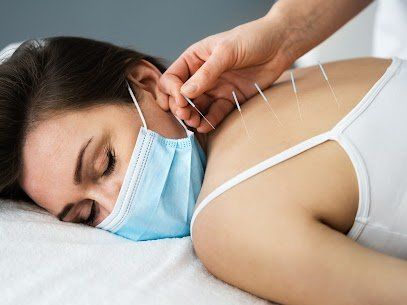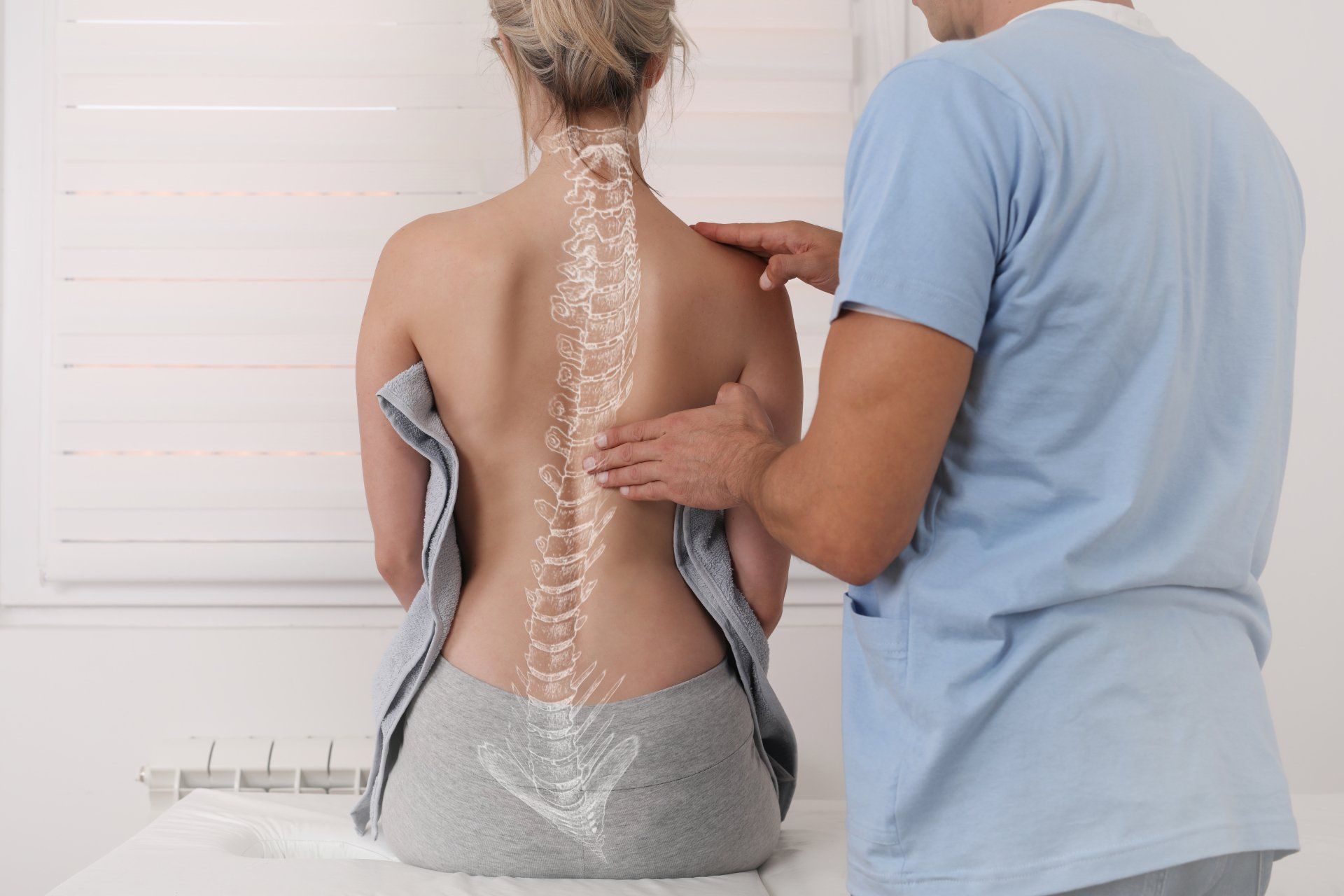Chiropractors Millard, Nebraska
Contact Us

Does scoliosis just affect the spine?
The spine's sideways curve may also result in some rotation or twisting. As a result, the position of the ribs may change. As a result, scoliosis curves can obstruct breathing. Other issues may arise as a result of unlevel shoulders and hips. This can eventually lead to referred pain in the neck or even lower in the knees.
How can chiropractic help people with scoliosis?
Chiropractors study how to assess, diagnose, treat, and prevent problems with the spine and musculoskeletal (MSK) system for more than seven years (joints, ligaments, tendons, muscles, and nerves). Because of their educational background, they may be ideal healthcare providers for the management or co-management of conditions such as scoliosis.
Chiropractors can help patients with a variety of issues, including lifestyle counseling, pain relief, and mobility restoration.
Here are three specific ways in which chiropractic treatment can help:
1. Scoliosis monitoring expertise.
Scoliosis can worsen in some cases, posing additional challenges to a patient's quality of life. A chiropractor can track the progression of scoliosis, which is particularly important in adolescents. Because their bodies are still growing, there is a possibility that their scoliosis will worsen during growth spurts. When this occurs, chiropractors can refer patients directly to the appropriate medical specialist.
2. Functional support treatment.
Other than the treatment of the spine, functional support refers to other related conditions that may present in relation to scoliosis. For example, a scoliosis patient may experience more discomfort in one side of their hip due to an uneven posture. Chiropractic care can help to relieve pain and restore full function to these other joints."
3. When necessary, direct referral to medical specialists.
Chiropractors regularly work with other healthcare experts. If a chiropractor notices that a patient's condition worsens or requires specialized care, they will refer them to other medical professionals who can provide additional support or optional treatment.
Here are some things to consider if you have scoliosis and want to try chiropractic:
• Inform the chiropractor of your scoliosis and any previous treatment you have received.
Most adjustments are nearly identical to those given to patients without scoliosis, but immobilized parts of the spine and weight-bearing joints are given special consideration.
If your chiropractor knows that you have scoliosis ahead of time, they will be able to treat you more efficiently and effectively. Furthermore, patients who have undergone corrective surgery and have spinal implants will require treatments that are tailored to their specific needs.
• Inquire about the chiropractor's approach to scoliosis treatment and their relationships with other medical professionals.
This question will help you understand the types of treatment the chiropractor can provide and will demonstrate their understanding of scoliosis management. If you need specialized treatment, you'll be able to find out if they have the resources to refer you directly to the appropriate medical specialist.
• Pay attention to the chiropractors' recommendations for treatment.
Recommendations should be reasonable and include re-evaluation intervals. Re-evaluation is important because it allows you to see how your scoliosis is progressing. It also helps in determining whether the patient is gaining function and improving his or her ability to perform daily activities.
Consult with our trusted chiropractors in Millard, NE, at Komp Chiropractic and Acupuncture Clinic for more information on how chiropractic can relieve pain and help people with scoliosis!


